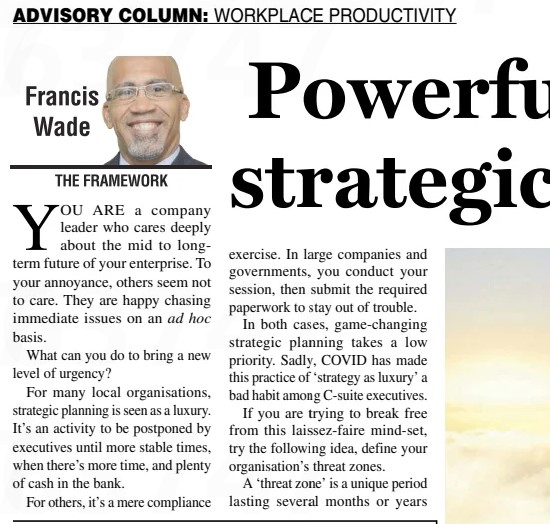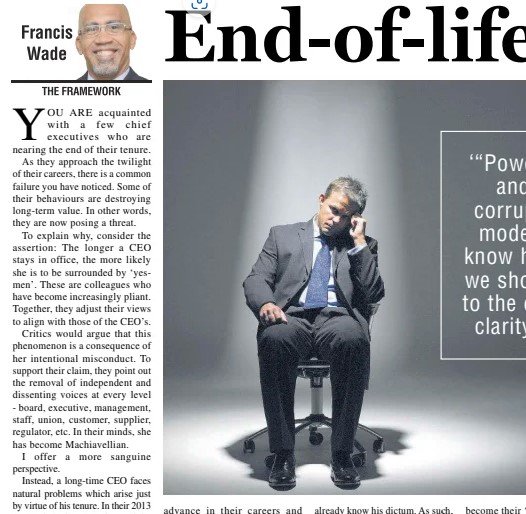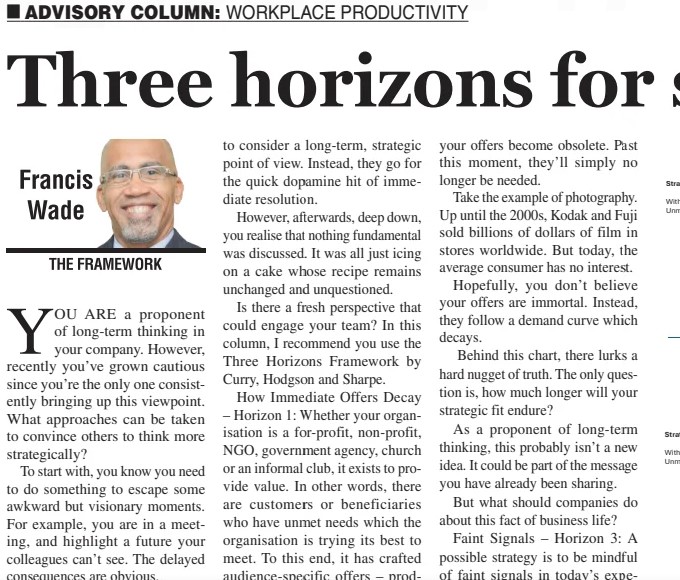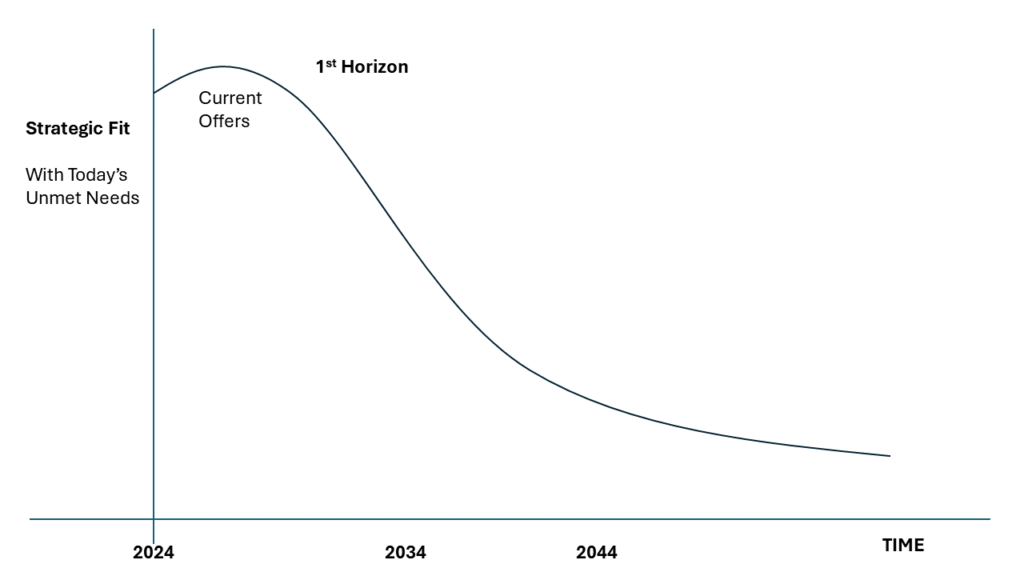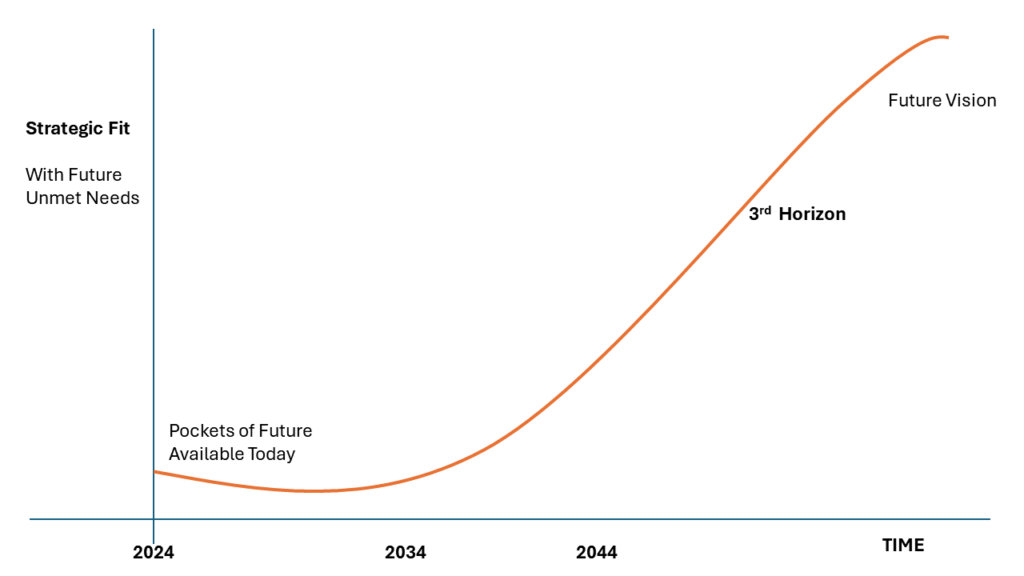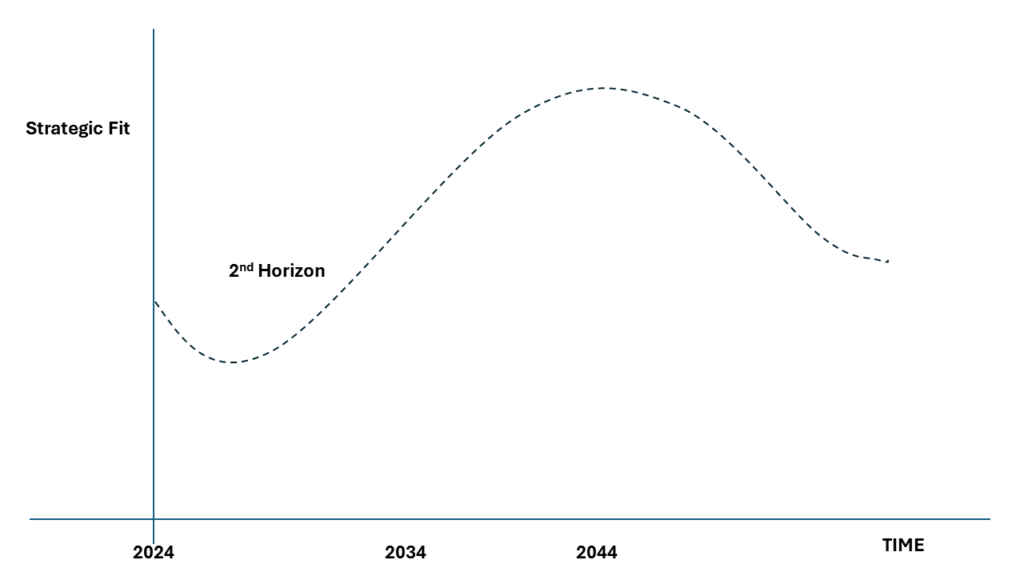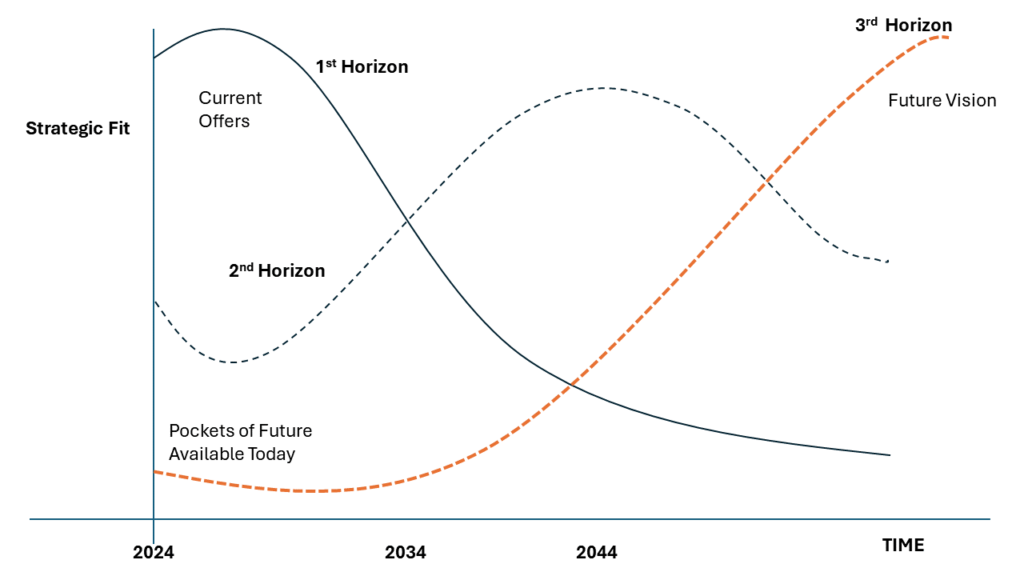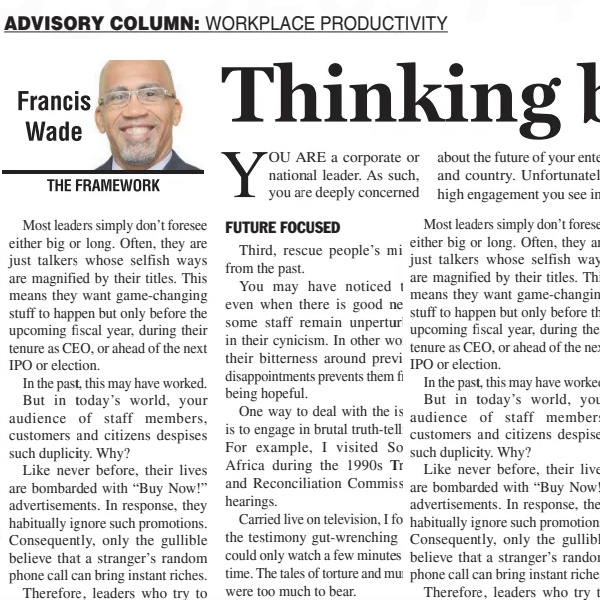As a company leader invested in the future of your enterprise, it can be frustrating to see others content with handling issues only when they arise. How can you instill a culture of forward-thinking in your organization?
In many local organizations, strategic planning is often viewed as a luxury—an activity to be deferred until more stable times, when there’s ample time and money. For others, it’s merely a compliance exercise. Large companies and governments may conduct planning sessions just to meet requirements, with little emphasis on meaningful strategy.
In both scenarios, strategic planning is often deprioritized. The COVID-19 pandemic has further entrenched this mindset, turning strategy into a low-priority, habitual afterthought in the C-Suite. However, if you’re ready to break free from this mindset, consider adopting the concept of Threat Zones.
Defining Your Organization’s Threat Zones
A Threat Zone is a period, spanning several months or years, during which multiple threats converge. Individually, these threats might seem manageable, but together, they can create a perfect storm.
For example, a hurricane like Beryl in 2024 requires specific conditions: warm ocean waters, low vertical wind shear, high humidity, proximity to the equator, a weather disturbance, and atmospheric instability. Individually, these elements are harmless, but together, they can be catastrophic.
Similarly, a Threat Zone in an organization requires relatively innocuous elements, yet their combination can be transformative, but in the good way. Unlike hurricanes, they can also offer opportunities.
Consider Fujifilm and Kodak, which had similar revenues in 2000. However, Fuji recognized the Threat Zone emerging in the film industry, while Kodak did not. Today, Fuji’s revenue is 20 times that of its former competitor.
You might think your organization is immune to Threat Zones, but that’s a dangerous assumption. In my August 4th, 2024 Gleaner column, I highlighted the fact that even government agencies can be defunded and disbanded if they fall into this trap.
Take a lesson from Andy Grove, former Chairman of Intel. His book, “Only the Paranoid Survive”, details how Intel nearly went bankrupt in the 1980s due to a Threat Zone. Fortunately, a group of middle managers anticipated the threat and prepared the company for a switch from memory chips to microprocessors, despite Grove’s public stance.
How Can Your C-Suite Develop Foresight?
Threat Zones can be internal or external. Internal threats might include product-market fit, succession planning, and employee engagement, while external threats could involve climate change, government regulation, or inflation.
However, there’s no universal list. Your leadership team must identify which Threat Zones are relevant to your organization. Even if you bring in consultants, their help is limited; only your C-Suite can accurately determine your Threat Zones and when they might arise.
This requires rapid consideration of:
– Current trends that, while weak, cover a wide range of causes. Many start with the PESTER framework—Political, Environmental, Social, Technological, Economic, and Regulatory—but also include competitors and substitutes.
– Past results indicating long-term deficiencies that previous leadership teams have ignored, leaving them for future C-Suites.
– Insights across financial, customer, operations, and human resources. Even with incomplete data, plans must be made.
This task is too complex for any outsider or single individual, no matter their intelligence. Only a cross-functional leadership team can effectively conduct this analysis.
Planning Around Threat Zones
It’s tempting to quickly break down Threat Zones into individual threats, but resist this urge. Instead, use long-term strategic planning tools to tackle each one as an entity.
After identifying and assessing the impact and timing of Threat Zones, select no more than five to focus on. These should represent the most significant dangers or opportunities.
When crafting your long-term vision for a specific year (e.g., 2050), start with a narrative that addresses these five zones. Only then should you translate the vision into measurable targets.
As you work backward from these 2050 metrics to the present, create projects that address each zone. Define each project to include immediate actions.
Now, you’ll be taking pre-emptive action with a strategic plan that is game-changing.

